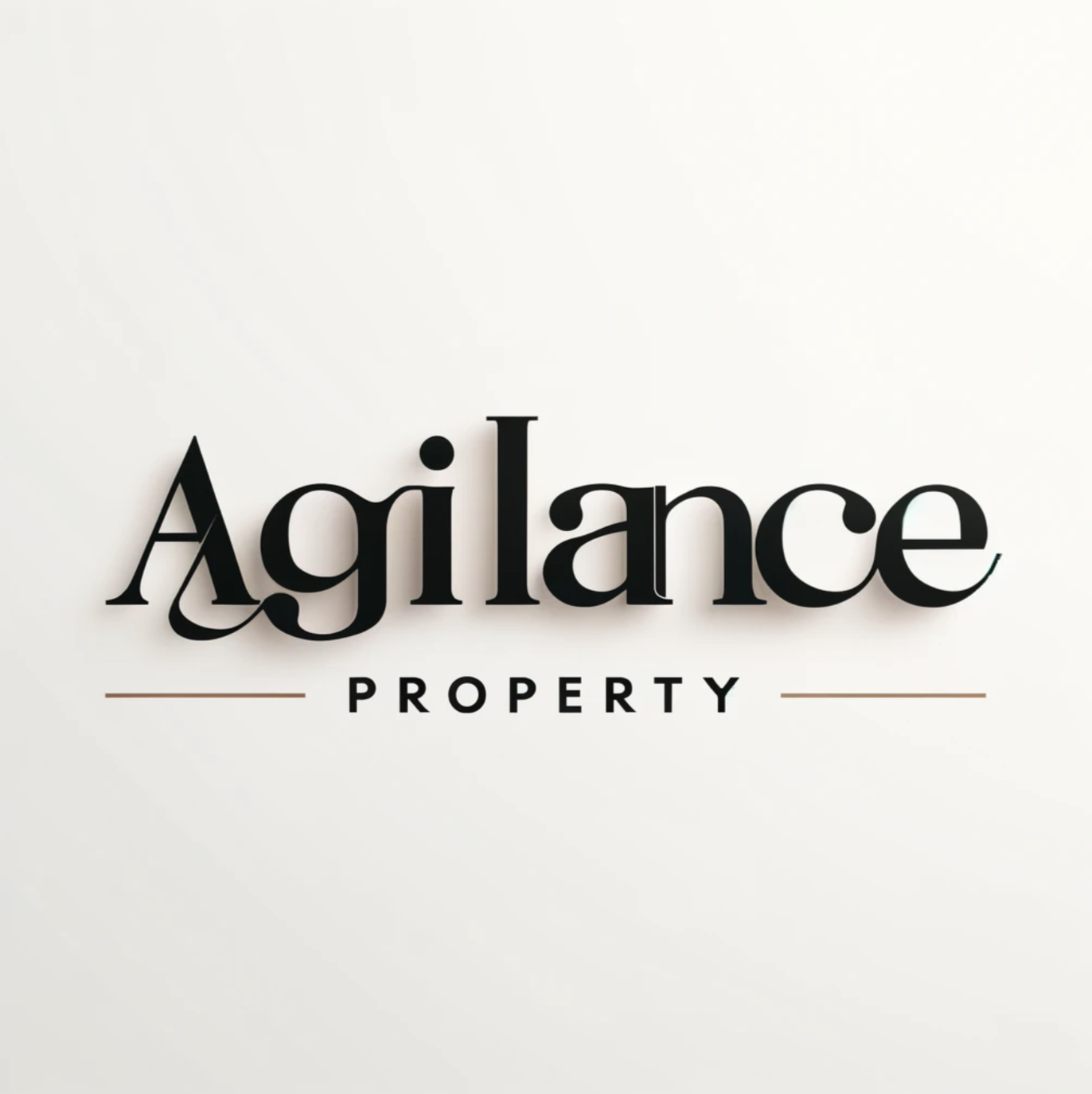Don't Miss Hidden Costs : Auction Property Inspection Checklist
Identify Potential Issues Before You Bid
Introduction
Venturing into the world of property auctions can be exhilarating yet intimidating, especially for busy professionals who value both their time and investment. To navigate this competitive landscape, being armed with a comprehensive inspection checklist is crucial. This checklist not only prepares you to make informed decisions quickly but also ensures you maximize your investment potential at every auction.
Whether you’re a seasoned investor or a newcomer to property auctions, adhering to a detailed inspection checklist is key to spotting the best opportunities and avoiding costly mistakes. In my real estate career so far, I’ve encountered instances where clients have incurred financial losses due to insufficient property inspections, particularly overlooking structural cracks and roof damage. Remember every repair will cost you money. It is important to have an accurate estimation of the refurbishment cost and factor that in your bidding price. Inexperienced investors, in particular, may fail to recognize the severity of such issues, leading to costly oversights.
General Inspection
-
Structural Integrity: Check for cracks and bulges on the wall. Has the chimney been removed? If not, check the condition of the chimney?
-
Roof Condition: Look for missing or broken tiles, signs of leakage, or recent repairs. Check flashings, gutters dowpipes for blockages or damage. Remember each repair will cost money. The state of the roof can indicate potential future expenses.
-
Exterior Walls: Note any cracks, dampness, or rot, especially in woodwork. Check for peeling paint or other signs of neglect.
- Windows and Doors: Test the condition and operation of doors and windows, check for decay in wooden frames, and broken panes, and assess the quality of locks and seals.
Interior Inspection
-
Plumbing: Test taps, showers, toilets, and look for leaks, water damage, and water pressure. Look underneath the sink for the condition of flexis, sink waste and copper pipes.
-
Electrical System: Locate and inspect the consumer unit for signs of outdated wiring, test light switches, light fixtures and power outlets. Look for safety hazards, such as any exposed wiring or signs of electrical issues.
-
Heating and Ventilation: Test the central heating system, the boiler, radiator, thermostat and any air conditioning units to ensure they are functioning correctly. Look for corrosion of the exposed copper pipes. Check the age and maintenance history, if possible. Look for evidence of leaking pipes or water damage. Examine ventilation system and extractors for their efficiency. Evaluate the energy efficiency rating of the heating system.
- Walls and Ceilings: Look for cracks, signs of mold, water damage, or recent repairs that may indicate deeper issues.
- Flooring: Check for damaged tiles, hardwood, carpet wear, and uneven floors that might suggest structural problems.

Specific Areas to inspect
-
Kitchen: Inspect appliances (if included), cabinets, and countertops for wear and functionality.
- Bathrooms: Check for running toilets, dripping taps, and functionality of the exhaust fan. Look closely for mold or water damage.
-
Attic/Basement: Look for signs of leaks, insulation condition, and any evidence of pests or rodents.
-
Outdoor Areas: Assess the condition of any decks, patios, fences, and the drainage system. Check for any landscaping issues.
Utilities and services
-
Gas: Check gas supply meters, and any visible piping for corrosion. Request recent gas safety checks or certificates.
- Electricity: Ensure there is an up-to-date EICR report. Examine the placement and condition of the meters.
- Water: Assess the mains water shut-off valve location and condition. Inspect the hot water tank and any water treatment system.
Legal and Documentation Inspection
-
Property Title: Ensure there are no unresolved liens or disputes.
-
Local Zoning and Restrictions: Verify that the property and it's uses comply with local zoning laws, especially if you plan to make changes.
-
Building Permits: If there have been recent renovations, check that they were completed with the necessary permits and inspections.
-
Utility Access and Rights: Ensure the property has access to essential utilities and that there are no issues with easements or rights of way.
If you are looking into sustainable properties as an investment strategy then you might want to inspect for sustainable features during your viewing. During inspections, it’s vital to evaluate the efficiency of installed systems, the potential for future upgrades or incentives, and compliance with environmental standards, which can significantly affect the property’s long-term financial and ecological footprint. Buyers are increasingly environmentally conscious, and properties that offer advanced sustainability features align with their desire to minimize their impact on the planet while also enjoying the cost savings that come with an energy-efficient home.
Sustainability Inspection
- Insulation and Energy Efficiency: Find out about the thickness and quality of insulation in the walls, roof and floors. Check for double or triple glazed windows and insulated doors. Look for drafts or air leaks that could affect enegy retention.
- Water Conservation: Check for water efficient fixtures such as low-flow toilets, faucets and showerheads. Inspect any rainwater harvesting systems or grey water recycling facilities.
- Energy Sources: Determine if there are renewable energy installations, such as solar panels, wind turbines, or geothermal systems. Inspect the condition and age of these systems and inquire about their performance.
Closing thoughts
By following this meticulous inspection checklist, busy professionals can approach property auctions with confidence, backed by the knowledge needed to make profitable investments. Remember, a thorough inspection is the cornerstone of securing a valuable asset at auction.
